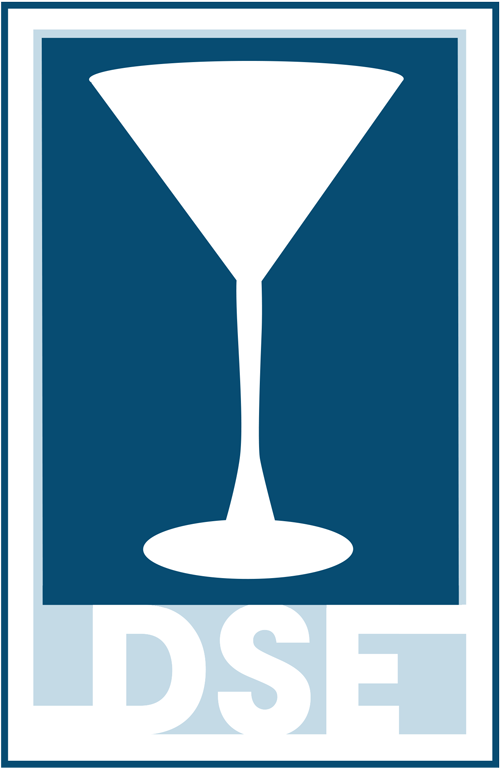Happy hour? Understanding the impact of alcohol in the workplace
The Triangle Business Journal
By Caroline Barnhill for Department of Mental Health, NCDHHS
May 9, 2025
In many workplaces, alcohol is embedded in company culture. From weekly happy hours to beer carts and kegs on tap, businesses – especially in the Triangle’s tech and startup scene – use alcohol as a perk to attract employees and foster team bonding. According to an American Addiction Centers survey of 3,800 Americans, one-third of American workers think after-work drinks with colleagues is a good team-bonding method.
While these initiatives may seem harmless or even beneficial, they can have significant consequences for mental health, productivity and inclusivity.
The prevalence of workplace drinking
Workplace drinking is more common than many realize. According to Occupational Health & Safety, large federal surveys show that 24% of workers drank during the workday at least once in the past year. Additionally, 20% of workers and managers reported that a coworker’s drinking, on or off the job, jeopardized their productivity and safety. Another study by the American Addiction Centers found 23% of employees have consumed alcohol during work hours.
“From a social perspective, alcohol in the workplace is seen as acceptable and there is often an unspoken rule that everyone participates,” says Tameka Wade Brewington, a mental health and substance use counselor with 27 years of experience. Brewington, a board member of the Addiction Professionals of North Carolina and owner of Real Talk Counseling in Charlotte, North Carolina, helps working professionals navigate career and life transitions.
“Deals are made at the bar or on the golf course and most professional events and conferences include happy hours,” she says. “The problem is, if you’re drinking excessively, there will be consequences, both personally and professionally.”
While some companies promote moderate alcohol consumption to build camaraderie, workplace drinking can become a slippery slope. Employees may feel pressured to participate and those in recovery or with a family history of substance abuse may find these environments alienating or triggering.
The mental health consequences
Alcohol use is deeply linked to mental health. Studies connect excessive drinking with higher rates of anxiety, depression and stress. For professionals managing high workloads and tight deadlines, alcohol may serve as a coping mechanism, masking deeper issues rather than addressing them. Over time, casual workplace drinking can contribute to burnout, job dissatisfaction and substance use disorders.
“Because drinking is so normalized, many people struggle to recognize when they have an addiction,” says Brewington.
Since networking and socializing in corporate America often involve alcohol, many functioning alcoholics exist in the workplace, she adds.
“We have men and women who go to work, perform their duties, manage families and still drink at least two drinks a day – every day,” Brewington says. “But alcohol is progressive. Over time, you’ll need more to get the same effect.”
The productivity and liability costs
Beyond mental health, workplace drinking has tangible business consequences. A Washington University School of Medicine study found that 9% of full-time U.S. workers – nearly 11 million people – met the diagnostic criteria for alcohol use disorder (AUD). Employees with severe AUD reported missing 32 workdays per year due to illness, injury or absenteeism – more than double the number of days missed by employees without AUD. In total, workers with AUD account for more than 232 million missed workdays annually.
Employees who frequently drink during or after work may experience decreased cognitive function, impaired decision-making and lower productivity. According to the National Council on Alcoholism and Drug Dependence, workers with alcohol problems were 2.7 times more likely than others to have injury-related absences. Additionally, a hospital emergency department study found that 35% of patients with occupational injuries were at-risk drinkers.
While social drinking may seem harmless, companies encouraging alcohol consumption risk legal liability if an intoxicated employee causes harm.
Rethinking workplace culture
Rather than relying on alcohol to foster workplace connections, companies can adopt alternative strategies to promote a positive and inclusive environment:
Wellness programs: Encourage mental health initiatives such as mindfulness workshops or exercise classes.
Alcohol-free social events: Host team-building activities that don’t revolve around drinking such as volunteer days, outdoor excursions or cooking classes.
Mocktail and coffee bars: Provide non-alcoholic options for social gatherings.
Flexible work policies: Support mental well-being by prioritizing work-life balance with flexible scheduling and remote work options.
“People who struggle with alcohol use disorder drink on autopilot – it’s their way of coping with stress,” Brewington says. “They can’t wait to get off work to have a drink and unwind. But addiction often masks another issue, filling a void caused by stress or anxiety. It’s crucial to find healthier ways to manage those feelings. And if someone can’t manage their reliance on alcohol alone, there are resources available to help.”
